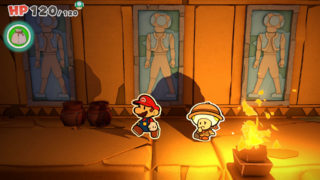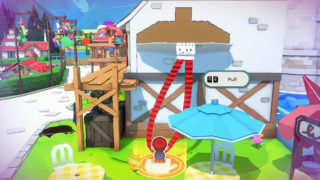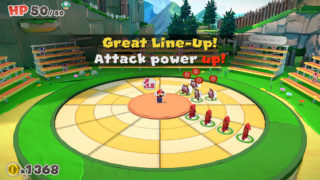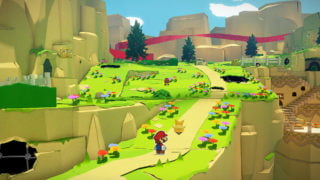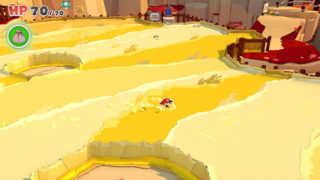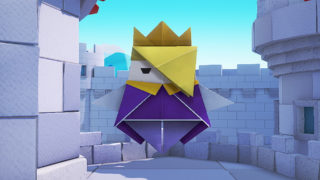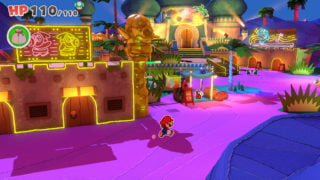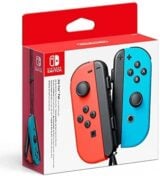Paper Mario: The Origami King might not be the RPG return fans were craving
Hands-on reveals a game that’s more adventure than role-play
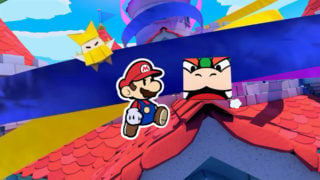
Today’s Paper Mario series has a vastly different texture to the games that minted the pulped-fiction series more than 20 years ago.
The comedic and visually delightful spin-off has its origins in Square’s seminal Super Mario RPG, the Super Nintendo role-playing classic that took all the hallmarks of the Final Fantasy house – strategic turn-based battles and deep levelling stats – and applied them to one of gaming’s most beloved cast of characters.
It’s this combination of charm and depth that won over fans in Paper Mario’s formative N64 years, and reached its absolute peak in the knockout classic The Thousand Year Door on Nintendo GameCube.
But ever since – whether to appeal to a broader audience, or differentiate it from the competing Mario & Luigi RPGs – the Paper Mario series has increasingly distanced itself from its role-playing roots, ditching XP, levelling and other elements in favour of a more action-focused approach.
Fans had hoped Wii U’s Color Splash would see a return to these RPG origins, but that proved to be little more than a re-jig of 3DS’s Sticker Star, the disappointing handheld instalment that introduced a compartmentalised game world and frustrating battle system.
Nintendo Switch’s Origami King is the next great hope then, and while the latest entry does appear to have solved some of the problems fans had with recent previous entries, many series stalwarts are likely to be left waiting for that mythical Thousand Year Door sequel in the sky.
The new game again takes place in an alternate and slightly surrealist Mushroom Kingdom, where every Goomba and Piranha Plant has a voice and blasts comedic one-liners liberally as you explore the beautiful, papercraft world.
Origami King kicks off as our moustached hero discovers that Princess Peach and evil King Bowser’s armies have been abducted by a new villain from another universe – the one the game is named after – who’s transformed them into brain-washed origami zombies forced to do his bidding. When Peach’s castle is uprooted and wrapped in magical paper streamers, it’s up to Mario and friends to embark on a quest to unravel them one at a time.
The Switch game’s biggest addition is a revamp of the series’ battle system. In great news for critics of recent entries, stickers and battle cards are nowhere to be seen, and instead Origami King allows players to pick from a permanent roster of attacks in a turn-based system similar to the one we know and love from the early games.
The twist comes in the form of the battle arenas themselves, which this time appear ring-shaped, and allow players to twist and shuffle them before battle like a sort of Rubik’s Cube dart board. Each battle starts with a group of baddies scattering themselves across the arena, and players are then given 30 seconds to attempt to reorganise them into strategic positions, before moving on to the attack phase.
“In Origami King’s opening chapters there’s not a huge amount of challenge required to successfully reorganise your opponents, but there are definite hints that the system could increase in complexity as the game goes on.”
Players can either rotate the rings or shuffle the various sections forwards or backwards. The objective is either to reorganise the baddies into a line – allowing Mario to chain-jump off their heads – or group them together for an effective Hammer smash. Successfully grouping enemies also boosts Mario’s attack power, which means you’re at even more of disadvantage if you mess it up.
Strategically, the ring system feels like a definite step up on recent Paper Mario games. The number of arena tweaks players can make per turn are limited, so players have to think carefully about their moves, lest they end up with enemies in positions that are impossible to attack within their number of attack turns.
In Origami King’s opening chapters there’s not a huge amount of challenge required to successfully reorganise your opponents, but there are definite hints that the system could increase in complexity as the game goes on. The introduction of Koopa shells, for example, adds a welcome layer of strategy, as tactically placed turtle housings are able to smash into any enemies players line up behind them.

Boss battles go further by flipping the entire setup, with Mario placed on the outside of the ring arena and the boss in the centre. Players then have to figure out how to position Mario to the enemy’s weak point by shuffling various arrows and markers around the arena, before setting the plumber off like a dungaree-wearing Chu Chu Rocket.
The ring battle system is a definite step up that feels like it could evolve into something really special as Origami King’s story progresses. However, in the opening hours we can’t escape the feeling that the lack of key RPG systems such as levelling and XP points could again hamper the experience.
Already in the game’s opening chapters we found ourselves sprinting away from pursuing baddies, as the reward of yet more coins did not feel like enough for our effort – especially when they’re blocking us from reaching the next story revelation or puzzle.
Coins can be spent in shops for new items or used in battle to purchase more time during the arena-shuffling phase. But after only a few hours’ play we’d obtained literally thousands of coins (a time extend costs 10), and players don’t even need to enter battle to obtain them; they’re spread liberally in the game world too.
“The game world is beautiful, full of personality and fully open like the old days. The script is on-point with plenty of humour and another fan request, companion characters, have returned to the game.”
There’s a chance Origami King could address this issue as the game progresses, but in the early stages we’re certainly concerned battles could, like in the recent Paper Mario games, not offer enough reward for their worth.
Origami King’s other introductions could also do with evolving as the story progresses. The 1,000 Fold Arms feature, which allows Mario to reach out with giant limbs to interact with the game’s backgrounds, feels quite limited in the opening hours, as you can only perform it in specific spots.
Meanwhile, the Confetti mechanic feels like a reskin of the last game’s tiresome paint system, with players able to fill in ‘gaps’ in the scenery by scattering said paper. Unfortunately, in the opening hours at least, filling holes in the ground never feels particularly satisfying, especially as the reward for doing so is yet more coins. Nor are you ever wanting for confetti as virtually everything in the game dispenses it.
There’s still hope these systems will evolve as the game progresses, as there’s still plenty left for the Origami King to unravel. And there’s lots to love, too: the game world is beautiful, full of personality and fully open like the old days. The script is on-point with plenty of humour and another fan request, companion characters, have returned to the game.
None of these systems are likely to transform Origami King into the hardcore RPG sequel many fans have long-craved, but they could yet reshape it into a worthy series instalment.
